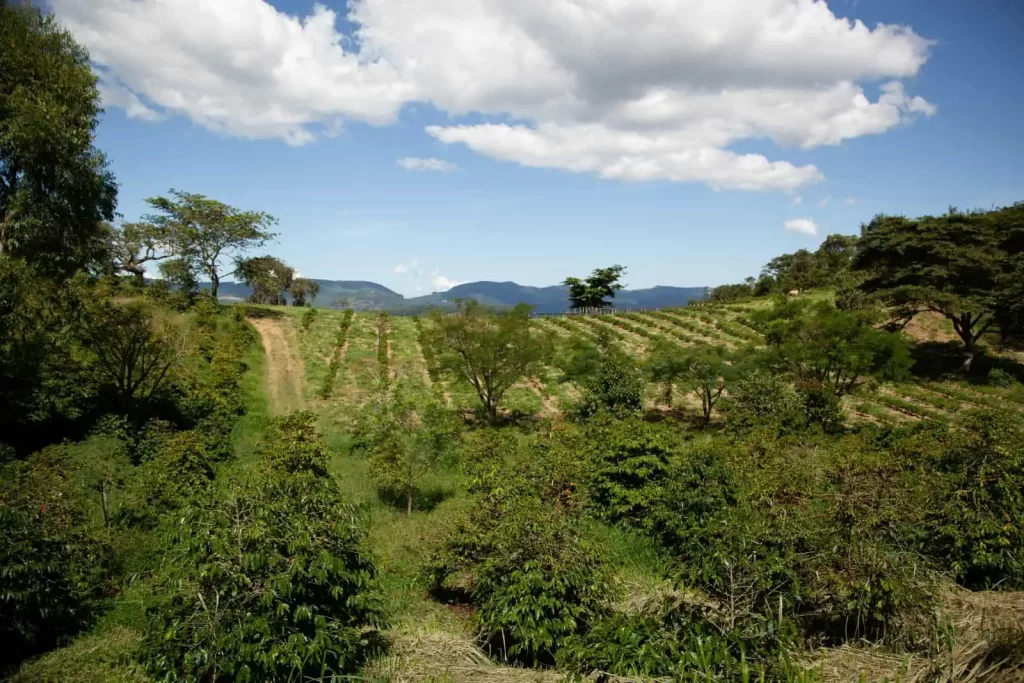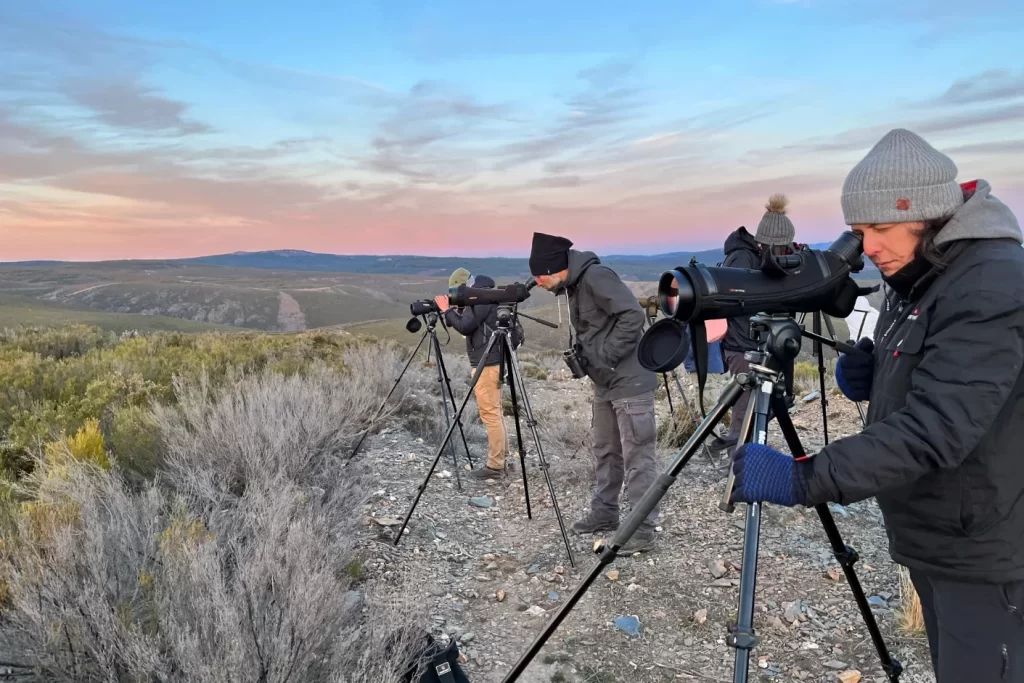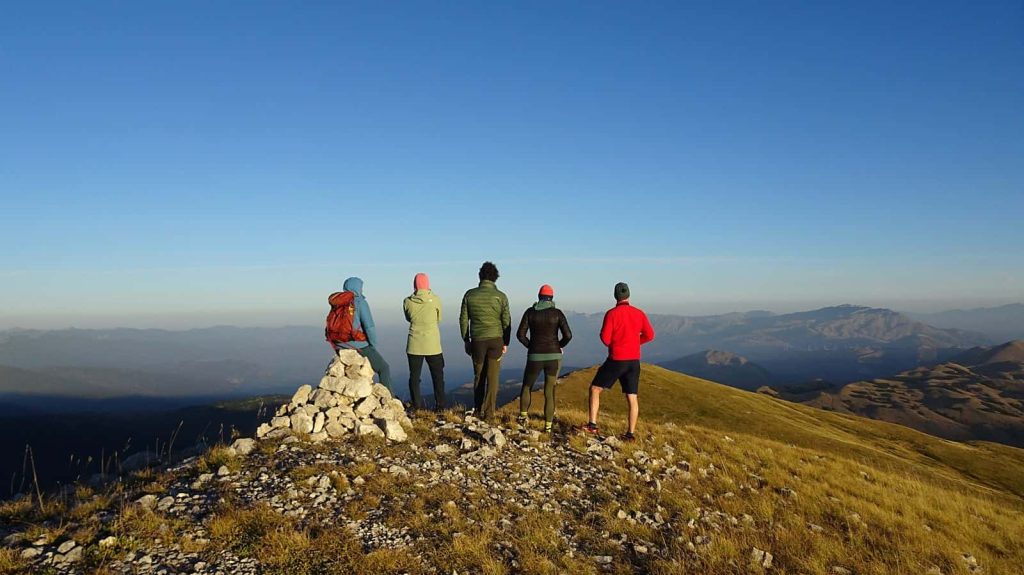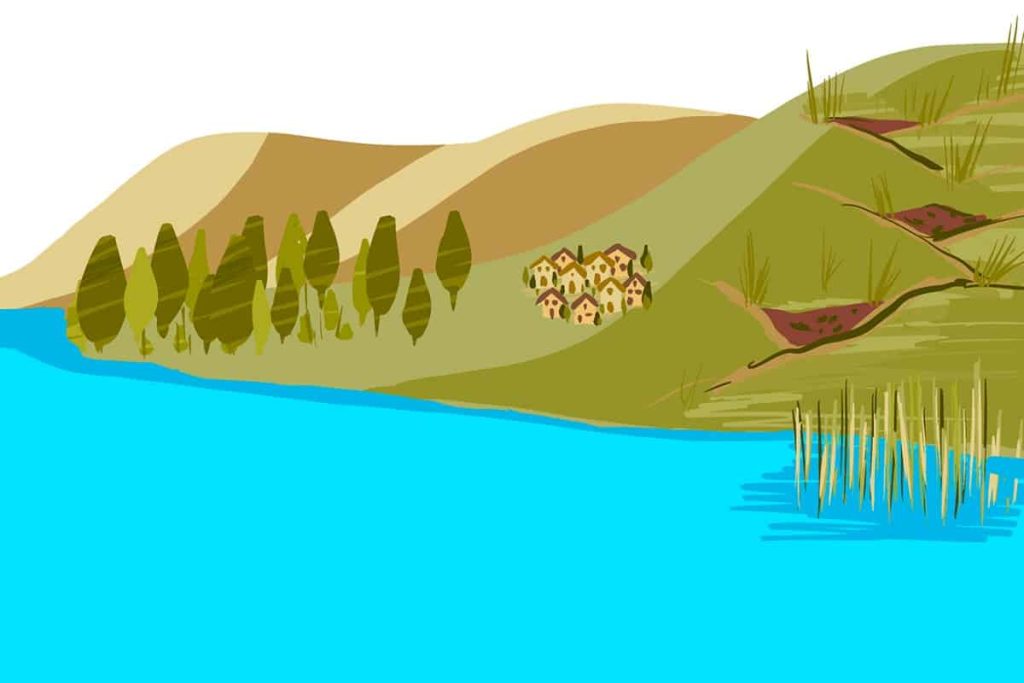Soil4Life: Sustainable Soil Management
Learn why soil is very important, how it’s being threatened and what we can do to protect this natural resource so vital to our lives.About this course
Soil is the earth’s fragile skin that anchors all life. We depend on soil to build our homes and cities, to grow crops for food and raise livestock, to support transportation and enable recreation. Yet we disregard this crucial and precious resource that lies right under our feet.
This introductory environmental studies course will explore the importance of soil to life on earth, the issues, processes and societal challenges underlying soil degradation – and what can be done to ensure sustainable soil management for the future. The threats to our soil span deforestation, erosion, overgrazing, use of agrochemicals, pollution and climate change. Learn what you can do to make a difference in protecting this vital natural resource.
Course details
What you’ll learn
- Why soils and sustainable soil management are so important to life on earth
- How soils form, their functions and basics of soil degradation
- Threats to and caring for: Soil water relations, soil fertility and soil biodiversity
- Effects of and solutions for: Soil erosion, soil pollution and soil salinization
- Socio-economic and policy aspects of sustainable soil management
- How you can help protect this critical natural resource
Course partners

Course outline
The MOOC Sustainable Soil Management: Soil for life consists of 10 modules with a study load of about 8 hours per module. Modules 1, 2, 3, 4, 9 and 10 are obligatory for the Verified Certificate. You must also complete two of the _ elective modules _ 5 to 8.
1 Soil formation, functions and threats
Learn about soil functions, soil formation processes and the main soil threats worldwide. You will also learn and practice some soil classification skills.
2 Soil water processes
Discover the importance of soil-water interactions and causes and consequences of reduced soil wettability, compaction and soil sealing. Do at home projects to see these soil threats in your own surroundings.
3 Dynamics of soil fertility
Learn what determines soil fertility, the importance of soil organic matter, and the causes and effects of soil fertility loss and nutrient surpluses and deficits. Start your own experiment and observe the effects of soil nutrients on plant growth.
4 Loss of soil biodiversity
Discover how important soil biodiversity is for soil functions, and learn how to prevent and resolve its loss. Get outside and discover the rich life under your feet using some simple tests!
5 Water erosion
Learn about water erosion, its effects on soil functions, and explore ways to prevent and resolve this threat. You also get to investigate water erosion characteristics in your own environment.
6 Wind erosion
Learn about wind erosion, its effects on soil functions, and ways to prevent and resolve it. Build your own mini wind tunnel to test theerodibilityof some soils and explore the effectiveness of some counter measures.
7 Soil pollution
Discover the major sources and concerns about soil pollution, how pollutants behave in soil and some soil remediation techniques. Visit a farm/garden store to discover what chemicals are used in your environment.
8 Soil salinization
Learn about the process of salinization, its effects, and how to manage it. Engage in Dr. Ritzema’s experiment to discover the impacts of salt on soils and plants.
9 Achieving sustainable soil management
See how human factors and analysis techniques affect soil management decisions. Play the African Highland Farmer Game to experience the challenges in sustainably managing your own plot of land. Share sustainable land management approaches in your country.
10 Final exam
With all you have learned about soil, soil degradation and sustainable soil management, it’s time to synthesize the information into your own case study!
Requirements
No prerequisites

